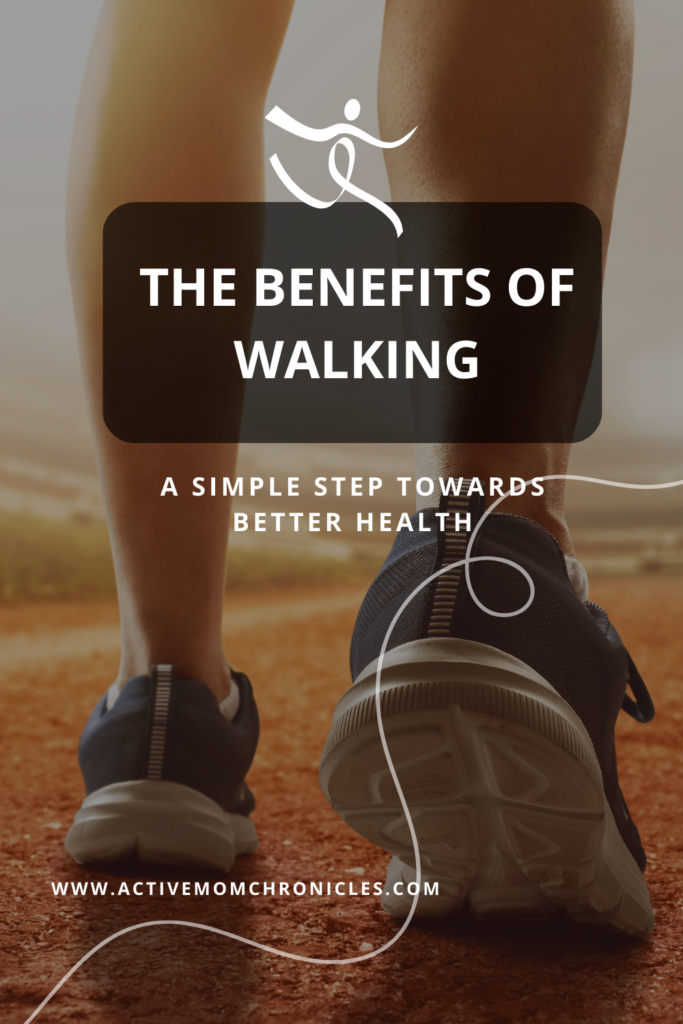The more I am reading up about this and the more that I am trying it out myself, I am convinced that walking is an amazing activity to add to your routine. Some consider it as one of the most underrated forms of exercise. What makes it even more amazing is that you can do it anywhere and is so accessible. It can transform your physical and mental well-being both.
In this blog post, we’ll explore why walking deserves a place in your daily routine, how many steps are recommended, and some of the latest trends to elevate your walking game.

Short-Term Health Benefits of Walking
- Boosts Mood and Reduces Stress A brisk walk can immediately lift your spirits. Research from the Journal of Psychiatric Research shows that walking for just 20 minutes can lower cortisol levels, reducing stress and anxiety. It’s a natural mood enhancer and a great way to clear your mind. When possible it is recommended to do this outdoors and preferably without any earphones. I personally struggle with not using my headphones but something I am working on even if it is for a few minutes of my walk.
- Improves Circulation Walking increases blood flow and oxygen delivery to muscles and organs, improving cardiovascular function. Even short walks after meals can lower blood sugar levels, according to a study in Diabetologia. Walking for just 15 minutes after each meal can lower blood sugar levels by an average of 22% compared to a single 45-minute walk at another time of day. This is because walking helps muscles absorb glucose more efficiently, reducing the spike in blood sugar that typically occurs after eating. Wild right?
- Burns Calories A 30-minute brisk walk can burn approximately 150 calories, depending on your weight and speed. This makes walking a simple and effective way to create a calorie deficit and aids in weight loss.
Long-Term Health Benefits of Walking
- Supports Heart Health Regular walking reduces the risk of heart disease. A large study published in The New England Journal of Medicine found that walking for at least 150 minutes per week reduces the risk of cardiovascular events by 31%.
- Enhances Bone and Joint Health Walking is a weight-bearing exercise that helps strengthen bones and improve joint flexibility. It’s especially beneficial for preventing osteoporosis and managing arthritis.
- Aids in Weight Management Long-term commitment to walking helps maintain a healthy weight. Studies show that consistent walking can prevent weight gain, particularly in middle-aged adults.
- Promotes Longevity A study in JAMA Internal Medicine found that walking 8,000-12,000 steps per day was associated with a 51% lower risk of death from all causes compared to walking less than 4,000 steps.
How Many Steps Are Recommended?
The often-cited goal of 10,000 steps per day originated as a marketing concept but has since been supported by research. Studies suggest that:
- 7,000-8,000 steps per day provide substantial health benefits, including reduced mortality risk.
- 10,000 steps per day is an excellent target for improving fitness and overall health.
- Beyond 12,000 steps per day offers additional benefits for those seeking weight loss or advanced fitness goals.
Latest Trends in Walking
- Using Weighted Vests Weighted vests add resistance, making your walk more challenging. They increase calorie burn and enhance strength, especially for your core and lower body. A study in Medicine & Science in Sports & Exercise found that walking with a weighted vest can increase energy expenditure by up to 12%.
- Rucking Rucking involves walking with a weighted backpack. Originating from military training, rucking improves strength, endurance, and posture. A study in Journal of Strength and Conditioning Research shows that rucking burns 40-50% more calories than regular walking, depending on the weight carried. I honestly can’t tell the difference between rucking and using a weighted vest but both are popular on social media now.
- Walking on an Incline Incline walking, whether on a treadmill or a hilly trail, engages your glutes, hamstrings, and calves more effectively than walking on flat surfaces. It also boosts cardiovascular endurance. Walking at a 10% incline can burn nearly twice as many calories as walking on level ground. When I did this for as little as week, I noticed a huge improvement in my running. Try it friends.
- Mindful and Social Walking Walking groups, apps, and mindfulness-based walking practices are gaining popularity. Combining walking with meditation or social interaction can amplify its mental health benefits, making it a holistic activity. If you are a new mom, consider creating a walking group for mom’s in your neighborhood where mom’s can bring their babies in strollers and bond.
Tips to Make Walking Part of Your Routine
- Track Your Progress: Using a fitness tracker or smartphone app has really helped me stay motivated. Just knowing how many steps you get in a day on average is helpful.
- Set a Daily Goal: Start with adding 2000 steps more than the daily average and gradually increase as your fitness improves.
- Incorporate Intervals: Alternate between slow and brisk walking for added cardio benefits.
- Add Variety: Explore new trails, try incline walking, or experiment with weighted vests to keep things interesting.
- Schedule Walk Breaks: Integrate short walks into your workday to boost energy and focus. Especially around meal times.
Final Thoughts
Walking for me is a powerful tool that has so many benefits. I use it when I have a rest day or when I am being lazy and just need to break out of it. I like that even a 5 minute walk just adds up over time. Hope you try it out and see how you feel and if adds to your quality of life either helping you lose weight or helping you de-stress.
Happy Walking.







Leave a Reply